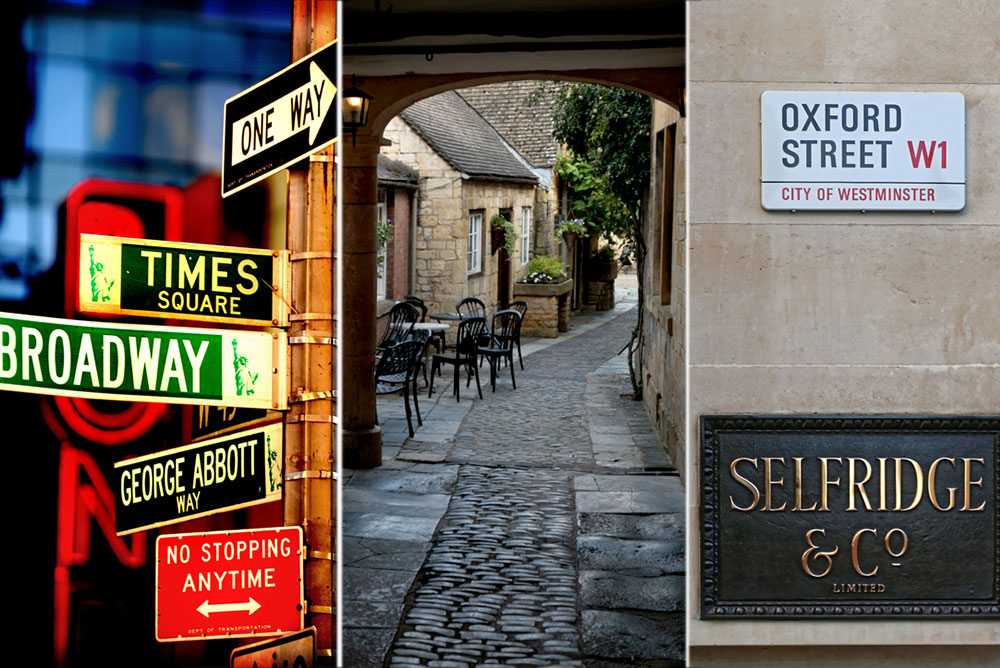
iStock photo.
By Pamela Bowen
IF YOU’RE LUCKY, you’re a friend of Pamela Bowen, who with her husband Charlie Bowen wades through a ton of cultural and historical online offerings every month and—this is the important part—keeps a running tally of what’s been watched or listened to and what they’ve learned therefrom.
But if you’re reading this, you’re a friend of MyLittleBird, and that’s all to the good because we’re going to start running outtakes from Pamela’s voluminous annotated lists on a periodic basis.
OUR TRAVELING these days is from the viewpoint of our La-Z-Boy loveseat, through guided tours conducted by professional veteran tour guides who’ve been out of work for a year but now can work for tips through a website called Heygo.com. Most of them are excellent. The tours are live, with the guides walking around with a phone equipped with a stabilizer, chatting about history and answering questions viewers type into a chat box. Available tours are listed by location (including many places we’ve never heard of) and date. We’ve done several in New York City, New Orleans and London and are now expanding to other places in England, such as Oxfordshire, the Cotswolds, York and Bath.
- “A Tour of London From Atop a Double Decker Bus.” Our delightful tour guide started at the statue of “fictional detective Sherlock Holmes” (she says it that way because many people believe he’s real—and some think he’s still living). It’s one of the “talking statues” around London where you can scan the QR code and immediately receive a phone call from Sherlock himself (actually a famous actor reading from a script; it’s not interactive). They’re all over London and include Shakespeare, Dick Whittington’s cat and Peter Pan. She showed some large old buildings that had some of their windows bricked up. Back in the day, people were taxed based on how many windows they had, under the assumption that rich people would have more. So to reduce the window tax, people would brick up some of the windows, accusing the government of “daylight robbery.” Today they’re considered heritage features and property owners are not allowed to put the windows back.
As we passed Selfridges, she said it was famous for being the first “American-style” department store, where all items were on display for shoppers to examine. We ended the tour on the Waterloo Bridge, so we could see both sides of the Thames at sunset. It’s a beautiful view because no advertising is allowed along the river. Except for the OXO Tower, which has its name displayed in lights. The owner explained it wasn’t a sign: The windows were designed in the shapes of the letters.
- Various tours in the English countryside. Saw the medieval city of York (close to the Scottish border) from atop its original walls, which surrounded the city and served to protect the rest of England from northern invaders. There was also a moat next to the wall, as there was around every respectable castle. In most of these tours, we learn something we’ve never been taught before. In this case, we learned that moats also served as open sewers, serving the populace of the castle. This made the moat doubly effective at keeping enemies away.
During another York tour, we walked around the oldest part of town, built in the 1300s, where the buildings have been continuously occupied ever since. York has always been a tourist town, ever since the famous York Minster (the largest Gothic cathedral in northern Europe) was completed in the 1300s. It contains 40 percent of the stained glass in England. One giant stained-glass window is the size of a tennis court. In one street, called The Shambles, the second and third stories of the buildings overhang the street, so you can lean out an upper window and shake hands with a neighbor across the street. This street was featured in the “Harry Potter” movies as the alley where Hogwarts students bought their supplies.
- NYC’s Times Square at midnight, when 20-some of the giant billboards were synchronized with a three-minute art project, an event that happens once a month. This particular project was a bird’s-eye view of people floating in a lake, occasionally touching one another. The “meaning” was lost on me, but the tour guides are among our favorites. We learned that a small billboard rents for $1 million to $4 million a year. The largest, which is 40 stories high and stretches the length of a whole block, is rented in four-month increments, for $3 million a month.
Heygo.com lists upcoming tours on its site. Upcoming tours of London include “London Way of Death” (Thursday, May 13, 6pm, not for children) and “Jack the Ripper & Victorian Times” (May 13 and May 27, 3:30pm, again questionable for children). As for the English countryside, the Chipping Campden tour is currently sold out, but new dates will be added. Half a dozen New York City tours are currently available. And the rest of the world awaits.
Given that the tours are free, with the understanding that the guides are working for tips, it would seem that tours, which have a limit on the number of viewers, sell out easily. The trick, then, may be to troll the Heygo site when you feel the urge to go somewhere—and let the availability, even that same day, dictate where you will “go.”
PS: Heygo says it will continue the virtual-tour program even after travelers are free to roam about the world again.

